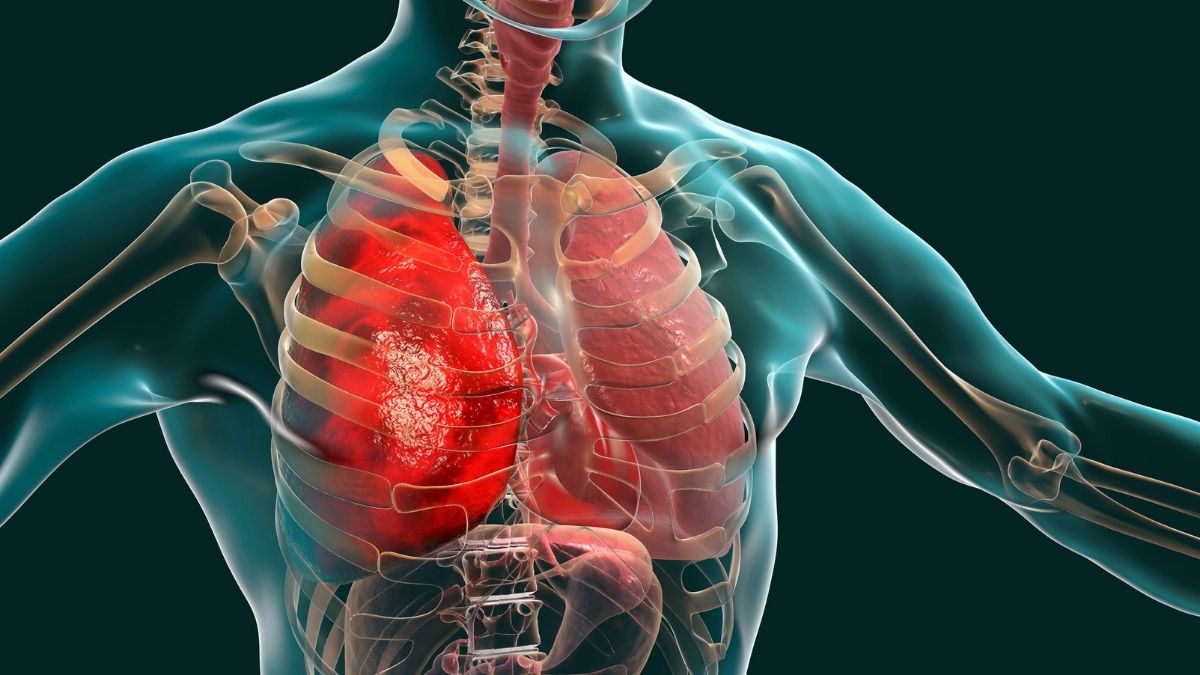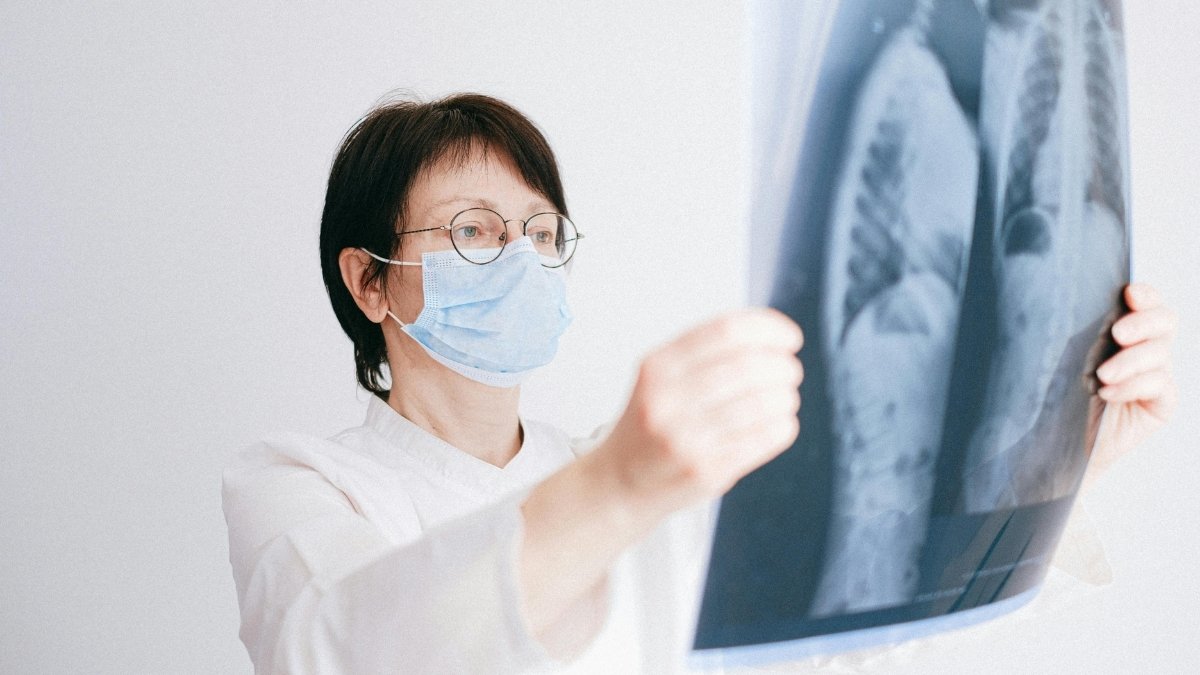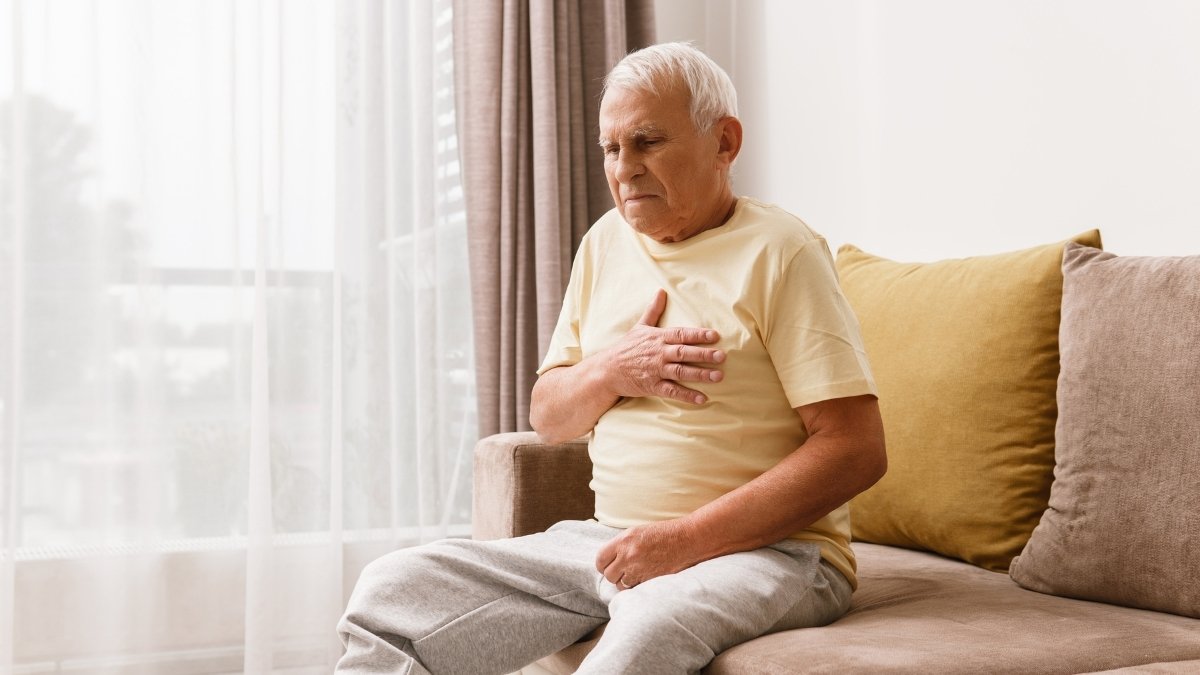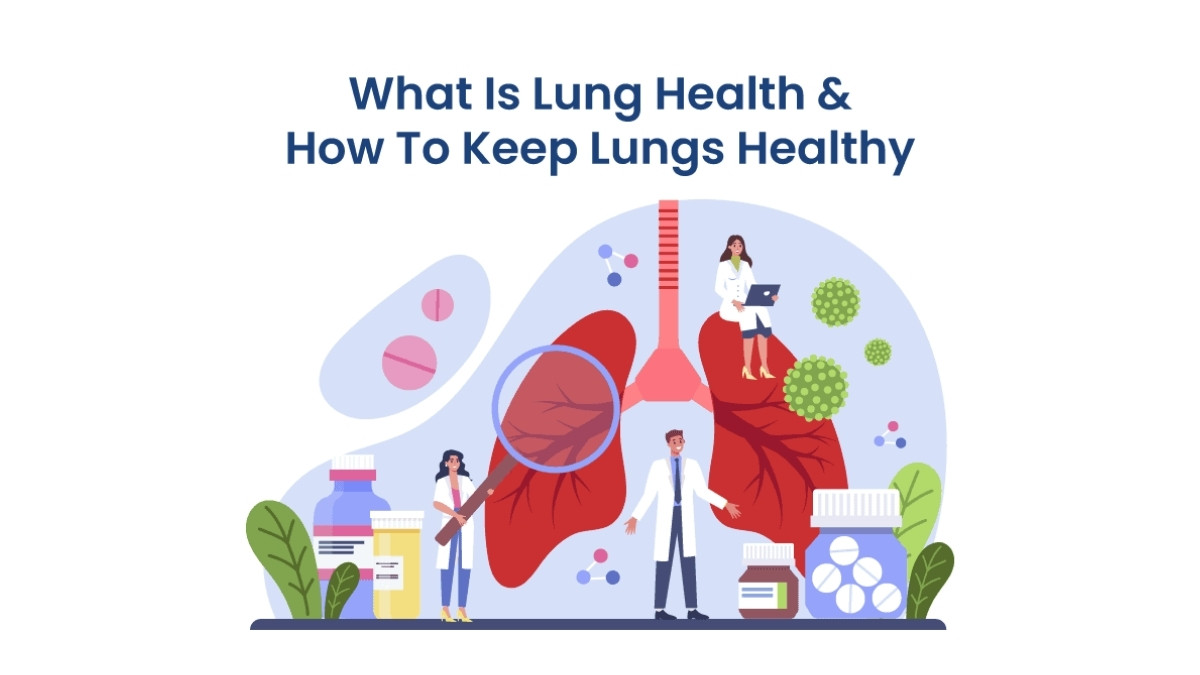The Aging Lung’s Cry for Help: The 5-Minute Lung Check, Simple Ways to Tell If Your Aging Lungs Are in Trouble

Your 65-year-old neighbor used to walk her dog daily without breaking a sweat—now she’s breathless after climbing one flight of stairs. She thinks it’s just getting older. Her family thinks it’s normal too.
This happens to millions of aging adults every year. They brush off warning signs like shortness of breath, constant tiredness, and less stamina as “just part of aging.” But these symptoms often point to real lung problems that doctors can treat.
The truth is, your aging lungs send clear signals when they’re in trouble. Most people just don’t know what to look for. They wait until breathing becomes so hard that simple daily tasks feel impossible.
You don’t have to wait for a crisis to check your respiratory health. In just 5 minutes, you can do a lung health check at home that reveals if your lungs need attention. You’ll also learn the red flag symptoms that demand immediate medical care.

This article gives you three powerful tools. First, a simple assessment you can do in your living room today. Second, the warning signs that should send you straight to your doctor. Third, daily habits that keep your lungs strong for years to come.
Your lungs are trying to tell you something. It’s time to listen.
Why Aging Lungs Need Extra Attention
Your lungs are getting weaker every year, and you might not notice. After age 35, you lose 1-2% of your lung function each year. By age 65, that’s nearly half your breathing power gone.

Your body’s defense system gets weaker too. Simple colds that used to clear up in a few days now turn into serious lung infections. What once was just a cough can land you in the hospital.
Years of breathing polluted air, dust, and chemicals catch up fast. Your lung tissue gets damaged and can’t repair itself like when you were young. The tiny air sacs that move oxygen into your blood start breaking down.
Here’s the scary truth about respiratory health signs. About 65% of adults over 65 have lung problems, but most don’t know it. They think feeling short of breath is just normal aging.
Early detection changes everything for aging lungs. Catching problems before they get worse can keep you breathing well for years longer. But most people wait until they can barely walk up stairs before getting help.

The CDC says 16 million Americans have COPD, but millions more don’t know they have it. Your lungs are trying to tell you something right now.
Common Lung Conditions in Aging Adults
Your aging lungs face five major threats. Knowing what to watch for can save your life. Here’s what attacks older lungs most often.

COPD is the biggest danger. It affects 16 million Americans, but millions more don’t know they have it. This disease makes breathing harder every year.
Pulmonary fibrosis scars your lung tissue. The scars make your lungs stiff like leather. Oxygen can’t move through scarred tissue easily.
Sleep apnea hits 25% of adults over 60. You stop breathing during sleep without knowing it. Your heart works overtime to pump oxygen through your body.
Pneumonia sends more older adults to the hospital than any other lung condition. Your weak immune system can’t fight off the infection. What starts as a cold becomes life-threatening fast.

Lung cancer strikes after age 55 in 80% of cases. Years of damage finally catch up. Early detection gives you the best chance of beating it.
These lung conditions don’t have to control your life. Catching them early makes treatment much more effective.
Daily Habits That Protect and Strengthen Aging Lungs
Your aging lungs need daily care to stay strong. Simple habits can add years to your breathing power. Here are five things you can start doing today for better lung health.

Practice breathing exercises for 10 minutes each morning. Try pursed-lip breathing: breathe in through your nose for 2 counts, then breathe out through pursed lips for 4 counts. This helps your lungs work more efficiently and reduces shortness of breath.
Move your body for 150 minutes each week. That’s just 30 minutes five days a week of walking, swimming, or light exercise. Your respiratory health gets stronger when you make your lungs work regularly.
Check your air quality before going outside. Use weather apps that show air pollution levels. On bad air days, stay inside with windows closed and run an air purifier with HEPA filters.
Drink 8-10 glasses of water every day. This keeps the mucus in your lungs thin and easy to cough up. Thick, sticky mucus traps germs and makes breathing harder.

Get your shots every year. The flu vaccine, pneumonia shot, and COVID booster protect your aging lungs from serious infections. These vaccines cut your risk of lung-related hospital stays by 60%.
Start with one habit this week. Add another next week. Small changes protect your lungs for years to come.
The 5-Minute Lung Health Assessment You Can Do Today
Your lungs work hard every day. But how do you know if they’re working well? You don’t need expensive tests or doctor visits to get a basic picture of your lung health.
These simple tests take just five minutes. You can do them right now in your living room. They won’t replace a real medical exam, but they’ll give you useful information about how your lungs are doing.
The Breath-Holding Test
Sit down and breathe normally for a minute. Take a deep breath in and hold it as long as you comfortably can. Don’t push yourself until you feel dizzy.

Most healthy adults can hold their breath for 25 to 30 seconds. If you can only manage 15 seconds or less, your lungs might need attention. Smokers and people with lung problems often score lower on this test.
Time yourself with your phone’s stopwatch. Write down your result so you can track changes over time.
The Stair-Climbing Check
Find a set of stairs with at least 12 steps. Walk up at your normal pace. Pay attention to how you feel at the top.

You should be able to climb 12 steps without getting out of breath. A little faster heartbeat is normal. But if you’re gasping or need to stop halfway, that’s a red flag.
This test shows how well your lungs deliver oxygen when you’re active. It’s one of the best ways to spot early lung problems.
Measuring Your Peak Flow
Download a peak flow app on your smartphone. These apps use your phone’s microphone to measure how fast you can blow air out. Popular options include “Peak Flow Meter” and “Spirometer.”

Take three deep breaths. On the fourth breath, breathe in as much as you can. Then blow out as hard and fast as possible into your phone. The app will give you a number.
Normal peak flow varies by age and height. But most adults should hit 400 to 600 units. Lower numbers might mean your airways are narrow or blocked.
Counting Your Breathing Rate
Sit quietly for two minutes. Don’t think about your breathing yet. After you’re relaxed, count how many times you breathe in during one full minute.

Normal adults breathe 12 to 20 times per minute at rest. Count quietly without changing how you breathe. If you’re breathing faster than 20 times per minute, it could signal a problem.
Write down your rate. Check it again in a week to see if it stays the same.
The Simple Cough Test
Cough on purpose a few times. Listen to how it sounds. A normal cough should be clear and strong. You shouldn’t feel pain when you cough.

Watch what comes up when you cough. Clear or white mucus is usually fine. Yellow, green, or bloody mucus needs a doctor’s attention right away. A cough that won’t go away after two weeks is also worth checking out.
Pay attention to when you cough most. Morning coughs might mean different things than nighttime ones.
What Your Results Mean
These tests give you a starting point. Good results don’t guarantee perfect lung health. But concerning results are your lungs asking for help.

See a doctor if you can’t hold your breath for 20 seconds, get winded climbing stairs, or cough up colored mucus. Don’t wait if you have chest pain or trouble breathing.
Your lungs change over time. Check yourself every few months to catch problems early.
Lastly:
Your aging lungs don’t have to fail you. The simple tests in this article can catch problems before they steal your breath away. Early detection gives you years of better breathing and a more active life.
Getting older doesn’t mean you have to accept feeling short of breath. It doesn’t mean giving up stairs or long walks with your family. Breathing problems are signals, not sentences.
These 5-minute checks give you power over your respiratory health. Regular lung health checks help you spot trouble early when treatments work best. The daily habits we covered can actually make your lungs stronger as you age.

Your doctor needs to know what’s happening with your breathing too. Professional lung function tests catch things home tests might miss. Together, you and your healthcare team can keep your lungs working well.
Take the 5-minute assessment today and schedule your baseline lung function test if you haven’t had one in the past year. Your aging lungs are counting on you to listen to what they’re trying to say.
Don’t wait for a crisis. Your breath is your life.






